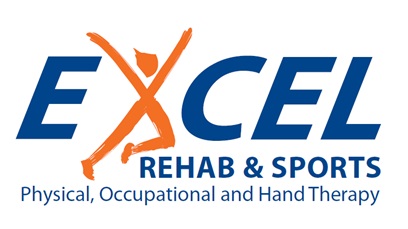VA Mission Act signed into Law

The VA Mission Act of 2018 is designed to greatly improve veteran access to VA healthcare, according to www.MilitaryBenefits.info. The VA Mission Act addresses in-network and non-VA healthcare issues, veterans’ homes, access to walk-in VA care, prescription drug procedures, and much more. This VA reform law affects a wide range of areas and the “official” name of this law says a lot of about its’ focus; informally known as the VA Mission Act, this legislation’s formal name is the VA Maintaining Systems and Strengthening Integrated Outside Networks Act. President Trump signed the Mission Act into law on June 6, 2018. The VA now must work on the criteria to be considered including wait times for VA appointments, quality of VA care and distance from a VA facility. Over 30 veteran service organizations (VSOs) have endorsed this reform effort as it worked its’ way through legislative channels. The VA Mission Act has been passed by both houses and President Trump is expected to sign the act into law soon. The VA Mission Act does some important things in the short term as well as introducing long-care fixes. The short term improvements are crucial for some veterans; the Act eliminates a gap in care due to funding issues associated with the VA Choice program. VA Choice funding ended on May 31, 2018. VA Choice was designed to help veterans get non-VA healthcare if distance or wait list issues are a problem. VA Choice continues to be funded in the short-term until replaced. The long-term fixes are associated with the replacement of VA Choice; the VA Mission Act consolidates seven different programs offering community care including VA Choice into a single entity. Funding is also provided for education and training, VA medical staff recruitment, and a review of VA medical facilities. This review process is intended as the first step in a modernization program for VA locations that need upgrades. In the past, among of the chief complaints about VA healthcare involved timely scheduling of appointments, care and services. Under the VA Mission Act, the Department of Veterans Affairs is required to coordinate timely care including help for those who need VA medical services outside their region of residence. The VA is also tasked with making sure veterans “do not experience a lapse in health care services.” A significant improvement under the VA Mission Act is that the Department of Veterans Affairs is now required to provide, “access to community care if VA does not offer the care or services the veteran requires, VA does not operate a full-service medical facility in the state a veteran resides, the veteran was eligible for care in the community under the 40-mile rule in the Veterans Choice Program” and when the veteran meets certain requirements. The VA is required to enter into contracts with private networks to insure veterans get this care when warranted. To implement the Veteran Care Program, the VA is authorized to enter into contracts-Veterans Care Agreements-with community healthcare providers with rates comparable to the VA Veterans Community Care Program. In addition to this authorization, certain procedures are also included in the act to guide this process in terms of making the agreements, how they are paid, and how they are enforced. The VA is now authorized to enter Veteran Care Agreements with State Veterans Homes with the purpose of eliminating competitive contracting; State Veterans Homes are not technically considered to be federal contractors, but under the VA Mission Act these homes are required to follow federal Fraud, Waste, And Abuse requirements. Veterans have walk-in care access under the VA Mission Act, but this portion of the law includes certain conditions including a requirement that vets must have used VA healthcare services within a 24-month period prior to requesting walk-in services. Walk-in care is available from community healthcare providers who have a contract or other agreement with the VA to provide the services. According to the text of the law, “Veterans who are not required to make a copayment at VA would be entitled to two visits without a copayment and then VA would be authorized to charge an adjustable copayment”. Those who are required to co-pay may pay for the first two walk-in visits, with a VA-authorized copayment adjustment for successive walk-in care. The Department of Veterans Affairs is required to “ensure continuity of care” including accessibility to medical records from walk-in care providers and medical record sharing between VA and these agencies. Important changes to the VA Comprehensive Assistance For Family Caregivers includes expanded eligibility for veterans with service-connected medical issues. In the past access to this program was more limited and emphasized post-9/11 military service. The VA is now required to ensure its’ care providers-including contractors-are using “evidence-based guidelines” for prescribing opioid-based painkillers or pain management approaches. These guidelines are found in the Opioid Safety Initiative which must be adhered to as a condition of providing community care. Under the new rules, VA is required to insure that community health care providers have the appropriate access to patient medical histories including “all medication prescribed to the veteran as known by VA”. Read more at https://militarybenefits.info/va-mission-act/#ixzz5KT4z2xmo. You can also learn more by listening to the Patient First Mission Segment presented by Excel Rehab and Sports this Saturday morning, July 7, at 7:30am on 94.1 The Lake, WSNW.
